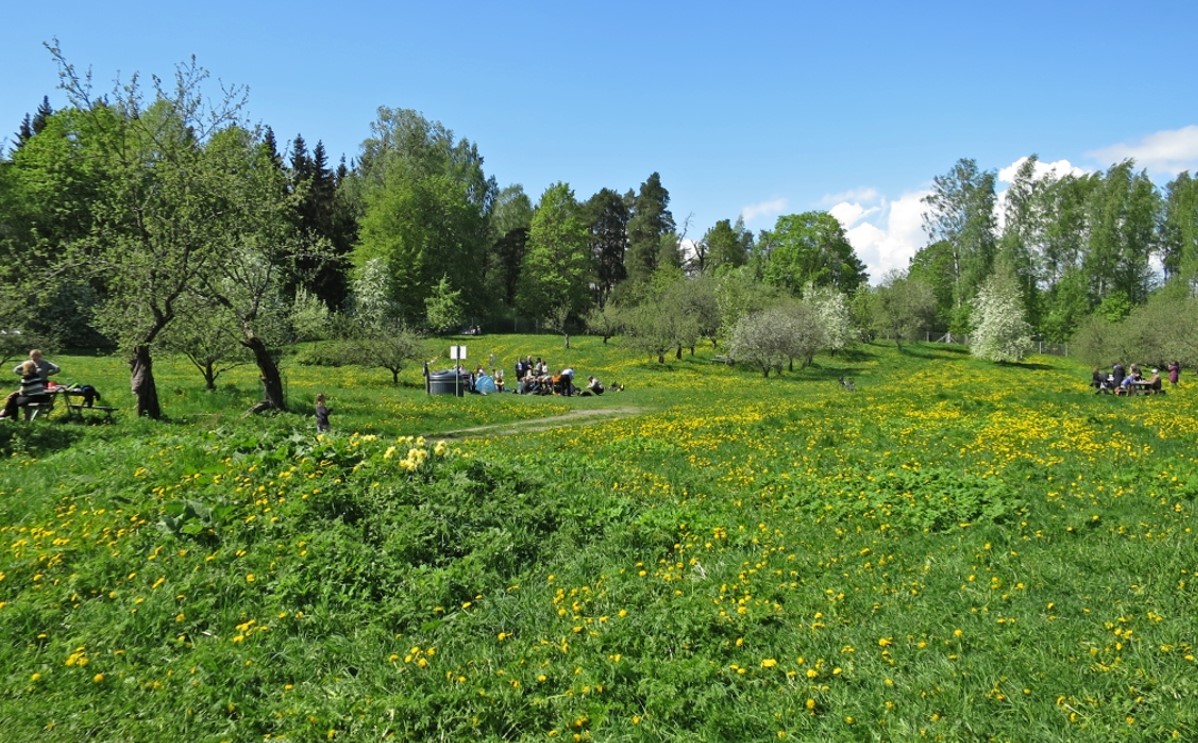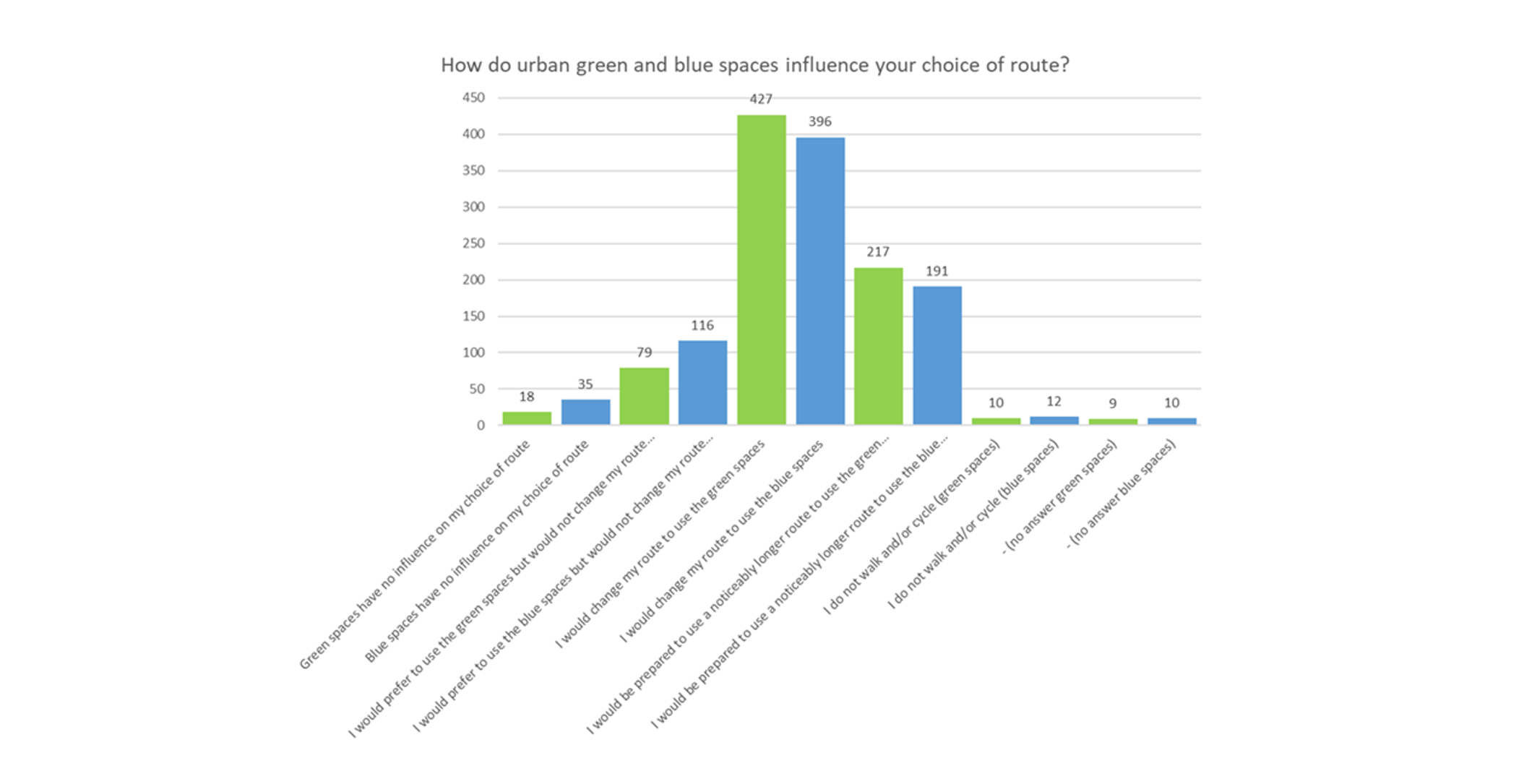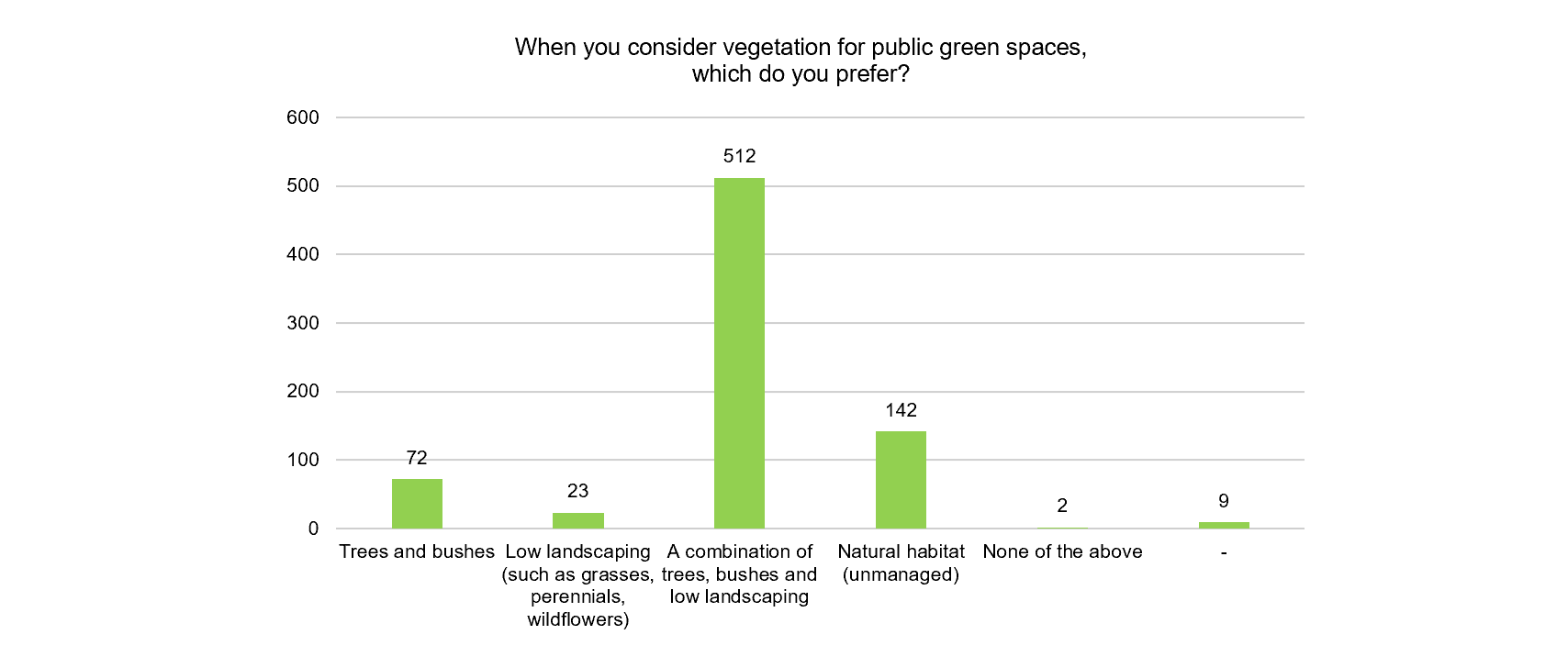
How do people use and perceive green spaces and how has COVID-19 changed the situation?
- Wed, 26/05/2021
The majority of urban residents surveyed prefer to use green and blue spaces and may change their walking or cycling route to spend time in green and blue spaces when they are not in a rush.
At the turn of the year, the UNaLab project initiated a survey (collaboratively developed by University of Stuttgart, VTT and Ramboll) to study the ways people perceive and use urban green spaces, and how the COVID-19 situation may have changed green space perception or use patterns. The survey was available in ten (10) different languages and it primarily targeted European citizens. In total, 760 responses were received from 32 different countries across the world.
Survey questions targeted three main areas including respondents’ general use and perception of green spaces, and respondents’ use of green spaces before and during the COVID-19 pandemic. Additional information was gathered from survey respondents in order to categorise and group the answers, such as information on the respondents’ gender, age group, location (at the country and city precision level) as well as the green space availability in the neighbourhood and the possible gardening practices.
Results of the survey indicate that when people are walking, running or cycling (not in a rush), the majority prefer to use or change their route to travel via public green and blue spaces (Figure 1).

Figure 1: How do urban green and blue spaces influence your choice of route?
The survey also revealed that, when considering vegetation for public green spaces, a combination of trees, bushes and low landscaping is the preferred option (Figure 2). When asking about the negative aspects of their local public green spaces in the cities, most people found that there are no drawbacks or they did not have an opinion about the negative aspects. The survey indicated that the COVID-19 pandemic has significantly changed the perception of green spaces (Figure 3).

Figure 2: Preferences of green space vegetation.

Figure 3: Perception of green spaces influenced by the pandemic.
In some locations, the outbreak of the COVID-19 pandemic changed both the respondents’ patterns of use and their perception of public green spaces. Observed differences among the survey responses from various countries may be due to respective differences in the local COVID-19 situation and resultant restrictions on movement. More detailed analysis of the COVID-19 impact on the green space use and perception based on the survey results will be published in the following newsletters and other articles.